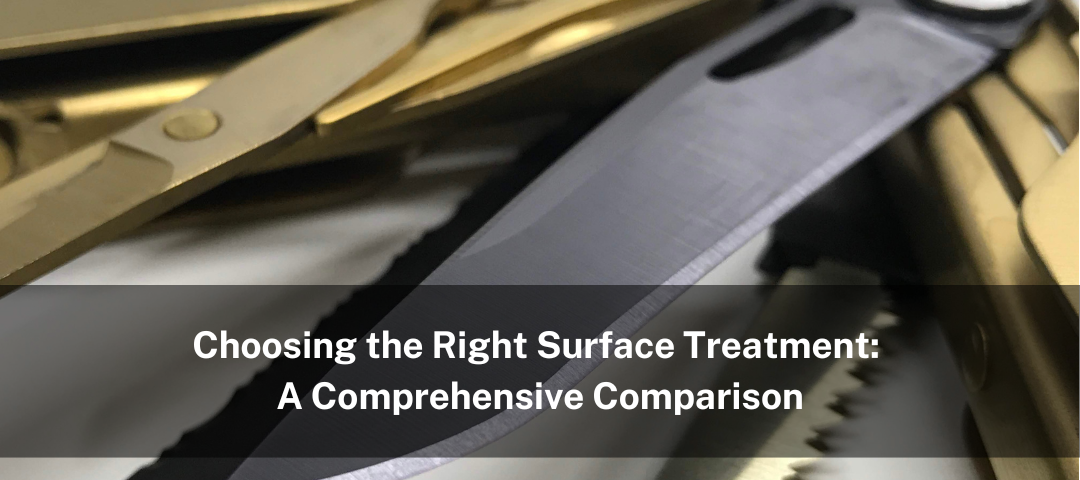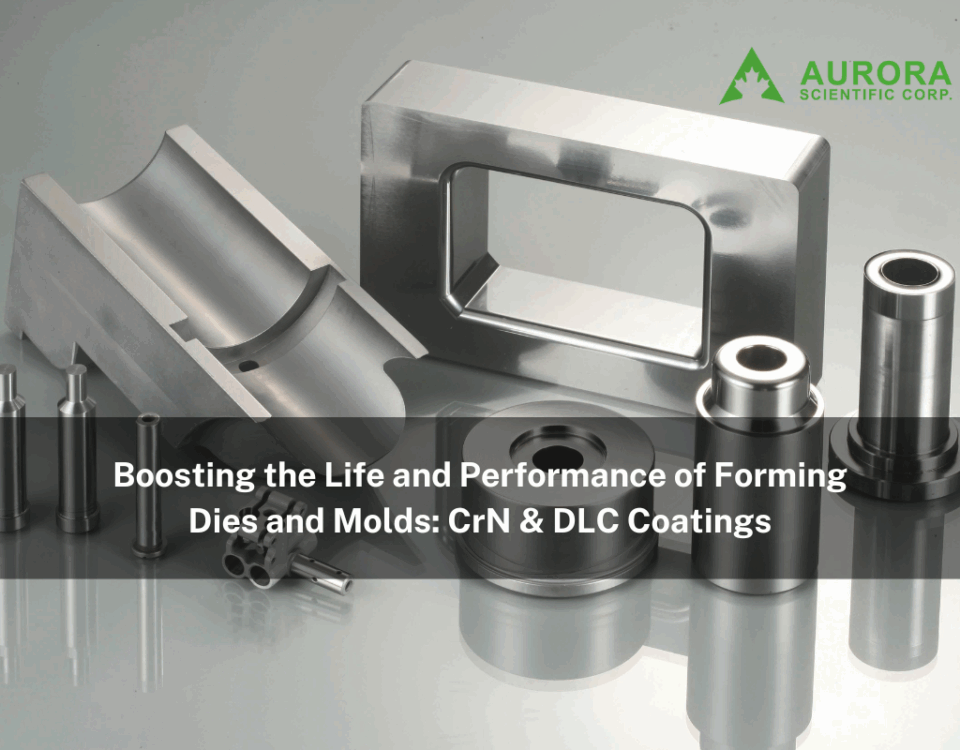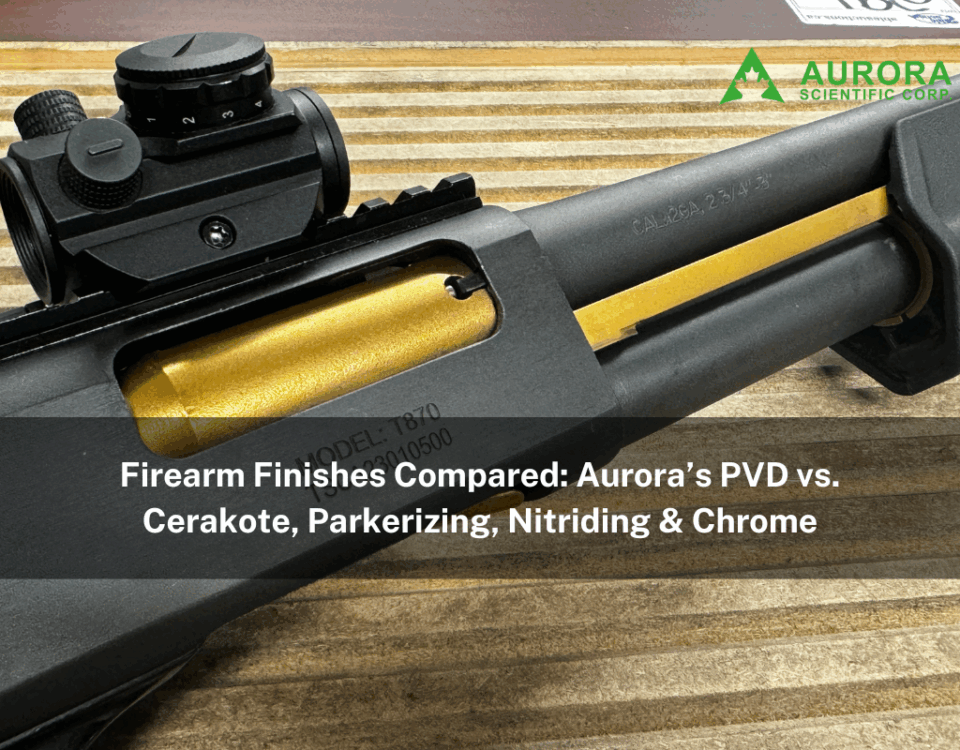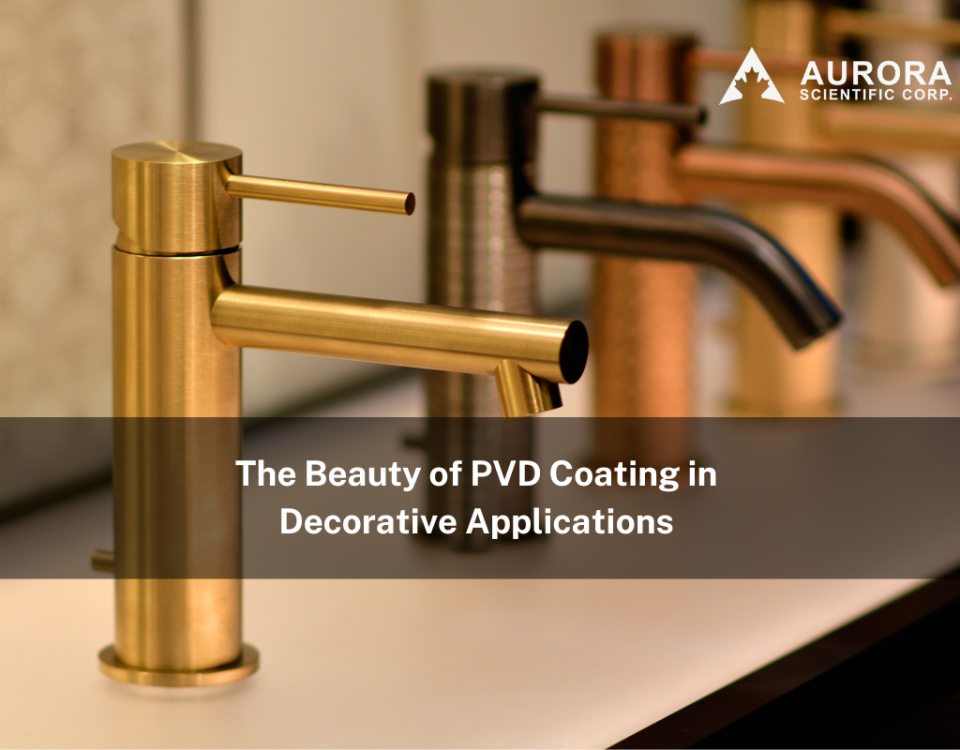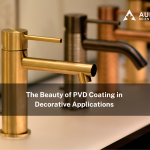
The beauty of PVD Coating in Decorative Applications
January 13, 2025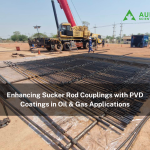
Enhancing Sucker Rod Couplings with PVD Coatings in Oil & Gas Applications
April 4, 2025Surface treatments play a crucial role in improving material durability, aesthetics, and performance across various industries. Whether for industrial machinery, consumer products, or specialized tools, selecting the right treatment ensures optimal longevity and functionality. This guide compares popular surface treatment methods based on cost, durability, toxicity, and substrate requirements, helping you make an informed decision.
Key Surface Treatment Methods Compared
1. Cost Considerations
-
High: PVD (Physical Vapor Deposition), Nitriding – These advanced processes require specialized equipment and controlled environments, making them more expensive but highly effective.
-
Moderate: Powder Coating, Electroplating – These methods balance cost and performance, offering good protection and durability at a reasonable price.
-
Low: Black Oxide, Parkerizing – Budget-friendly options suitable for basic corrosion resistance and aesthetic enhancement.
2. Processing Environment
-
Controlled Atmosphere: PVD, Nitriding – Performed in vacuum or inert gas environments to ensure precise coatings.
-
Chemical-Based: Electroplating, Anodizing, Black Oxide, Parkerizing – These involve immersion in chemical baths, requiring proper handling and disposal of hazardous waste.
-
Heat-Based: Powder Coating, Heat Treatment – These processes rely on high-temperature application and curing to enhance surface properties.
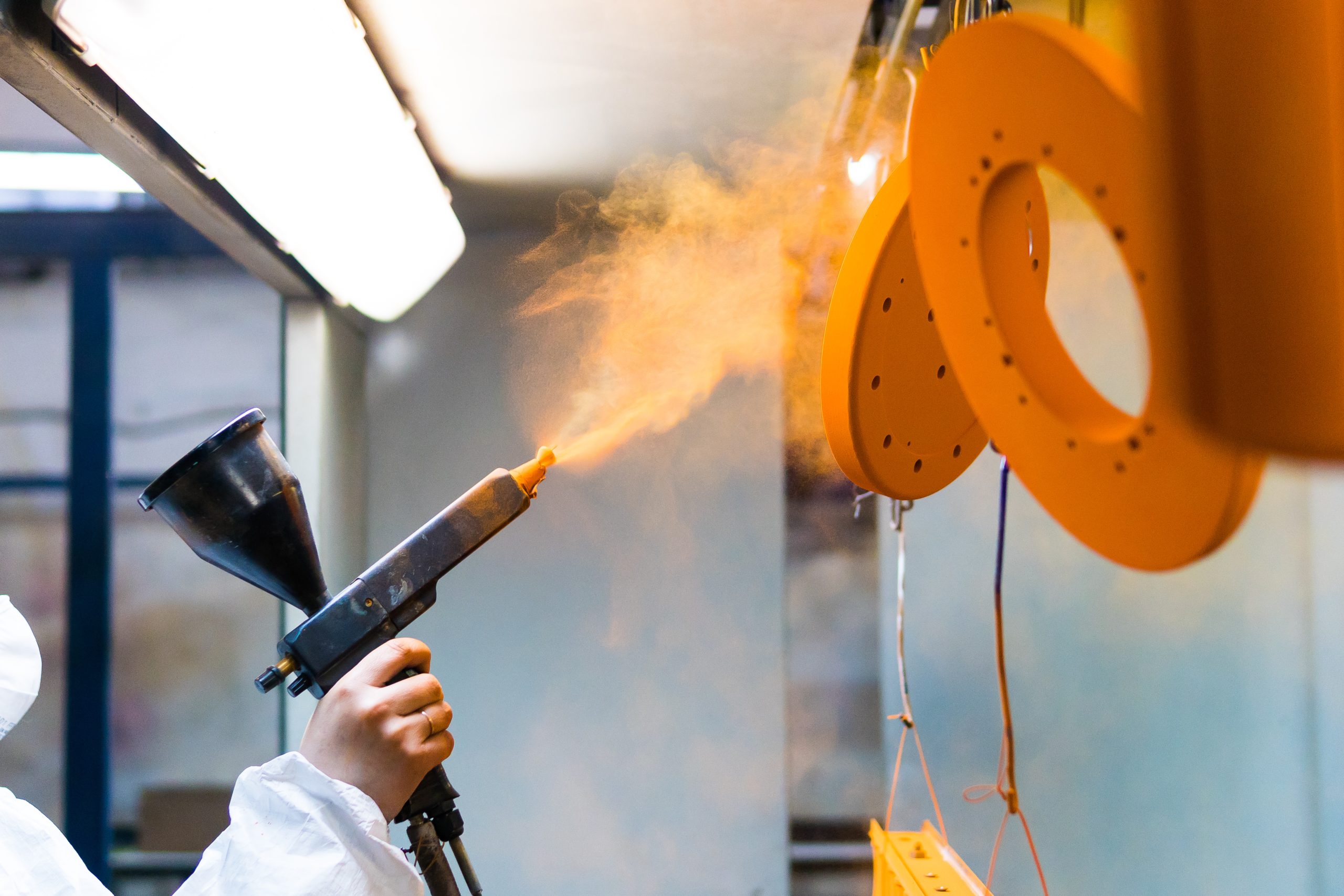
3. Environmental Impact & Safety
-
Eco-Friendly: PVD – A clean process with minimal emissions and no hazardous waste.
-
Toxic Chemicals Involved: Electroplating, Parkerizing, Black Oxide – These require strict handling regulations to manage environmental and health risks.
-
Safer Alternatives: Powder Coating, Anodizing – Offer good protection with lower environmental concerns compared to traditional plating methods.
4. Coating Thickness & Wear Resistance
-
Thick & Durable: Powder Coating (50-150 µm) – Excellent for corrosion protection and color variety.
-
Thin & Hard: PVD (0.5-5 µm) – Extremely wear-resistant, making it ideal for cutting tools and high-stress applications.
-
Moderate: Nitriding, Parkerizing (5-50 µm) – Adds durability but is less protective than PVD or Powder Coating.
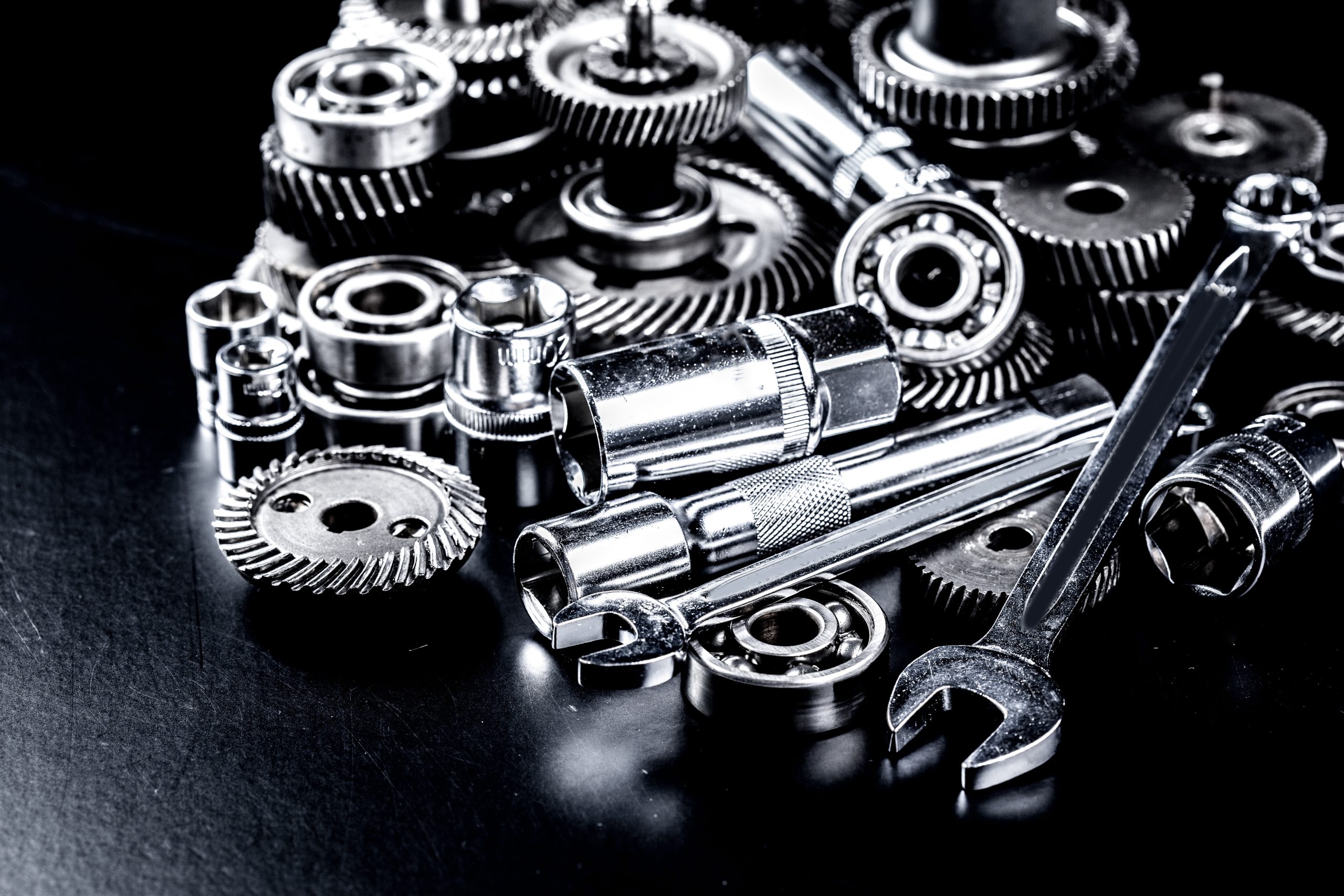
5. Corrosion Resistance & Aesthetic Options
-
Best Corrosion Protection: Powder Coating, Anodizing – Ideal for outdoor applications and exposure to harsh conditions.
-
Moderate Protection: PVD, Parkerizing – Provides additional wear resistance with decent corrosion protection.
-
Limited Resistance: Black Oxide – Requires oiling to maintain rust resistance.
-
Most Color Options: Powder Coating – Offers a broad selection of colors and finishes; PVD and Anodizing provide more limited but attractive options.
6. Complexity & Substrate Compatibility
-
Highly Specialized Processes: PVD, Nitriding, Electroplating – Require controlled conditions and advanced technology.
-
Scalable & Versatile: Powder Coating – Easily applied to large or complex parts.
-
Material-Specific: Anodizing (Aluminum, Titanium), Black Oxide & Parkerizing (Ferrous Metals) – Limited to specific material types.
Why Choose PVD Coatings?
PVD coatings offer superior hardness, wear resistance, and eco-friendliness, making them the go-to solution for high-performance applications. Unlike other coatings, PVD provides a long-lasting, scratch-resistant finish without adding significant thickness, preserving part tolerances.
Comparison to Other Methods
-
Electroplating: PVD is thinner, harder, and more environmentally friendly.
-
Powder Coating: PVD is more wear-resistant and stable under high heat.
-
Anodizing: PVD provides superior wear resistance.
-
Black Oxide & Parkerizing: PVD offers better corrosion protection and durability.
Selecting the Best Surface Treatment
The ideal surface treatment depends on your specific needs:
-
For cost-effective color variety and corrosion resistance → Choose Powder Coating.
-
For extreme durability and wear resistance → Opt for PVD Coatings.
-
For lightweight corrosion protection on aluminum → Consider Anodizing.
-
For firearm and machinery parts requiring lubrication → Parkerizing or Black Oxide may be suitable
Enhance Your Products with Aurora Scientific Corp
At Aurora Scientific Corp, we specialize in high-performance PVD coatings to improve durability, wear resistance, and aesthetics. Whether you're in the aerospace, tooling, or consumer goods industry, our advanced PVD technology ensures superior protection and longevity. Contact us today to learn how our PVD coating services can elevate your products!
Contact Us
Surface treatments play a crucial role in improving material durability, aesthetics, and performance across various industries. Whether for industrial machinery, consumer products, or specialized tools, selecting the right treatment ensures optimal longevity and functionality. This guide compares popular surface treatment methods based on cost, durability, toxicity, and substrate requirements, helping you make an informed decision.

